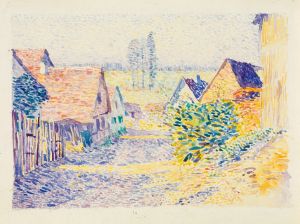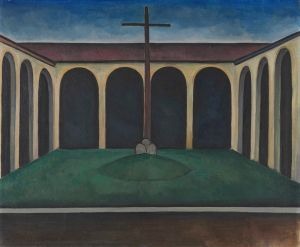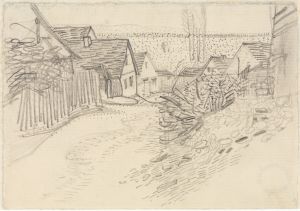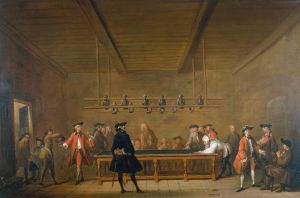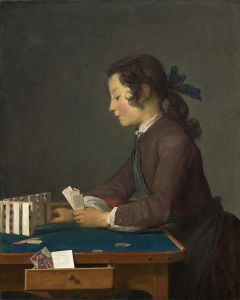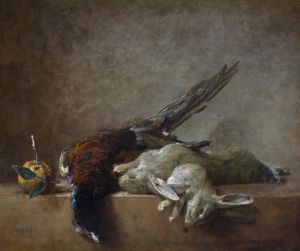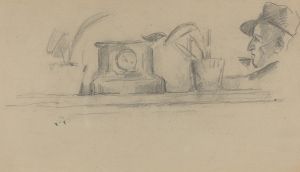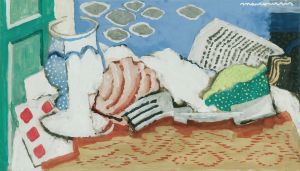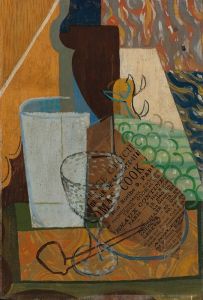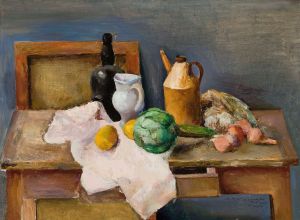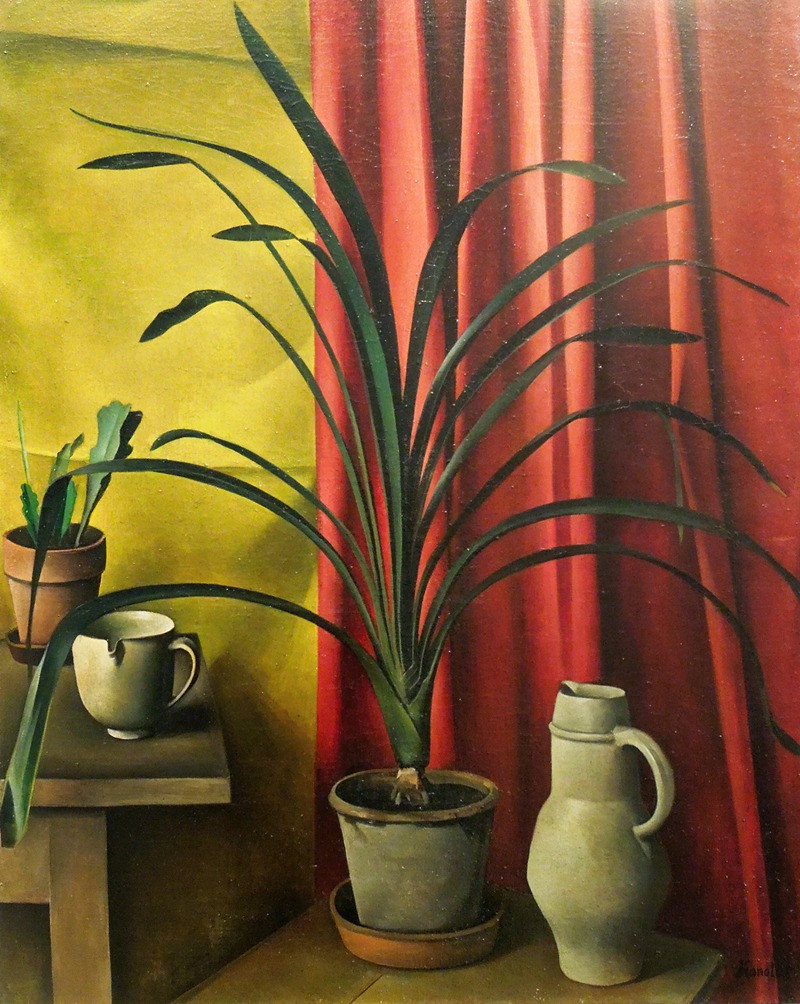
Still Life
A hand-painted replica of Alexander Kanoldt’s masterpiece Still Life, meticulously crafted by professional artists to capture the true essence of the original. Each piece is created with museum-quality canvas and rare mineral pigments, carefully painted by experienced artists with delicate brushstrokes and rich, layered colors to perfectly recreate the texture of the original artwork. Unlike machine-printed reproductions, this hand-painted version brings the painting to life, infused with the artist’s emotions and skill in every stroke. Whether for personal collection or home decoration, it instantly elevates the artistic atmosphere of any space.
Alexander Kanoldt was a prominent German painter associated with the New Objectivity movement, which emerged in the 1920s as a reaction against the emotional intensity of Expressionism. One of his notable works is "Still Life," a painting that exemplifies the characteristics of this movement through its precise and realistic depiction of everyday objects.
"Still Life" by Alexander Kanoldt is a quintessential example of the New Objectivity style, which is characterized by a focus on realism, detail, and a sober, detached approach to subject matter. This movement, known as "Neue Sachlichkeit" in German, sought to present the world with clarity and objectivity, often highlighting the mundane aspects of life with a sense of precision and order.
Kanoldt's "Still Life" features a meticulous arrangement of objects, typically including items such as fruit, ceramics, and glassware. The composition is carefully balanced, with each element placed to create a harmonious and stable visual effect. The use of light and shadow in the painting is subtle yet effective, enhancing the three-dimensional quality of the objects and emphasizing their textures and forms.
The color palette in "Still Life" is restrained, often consisting of muted tones that contribute to the overall sense of calm and detachment. This choice of color reflects the New Objectivity's departure from the vibrant and emotive colors of Expressionism, instead opting for a more subdued and realistic representation of the subject matter.
Kanoldt's technique in "Still Life" demonstrates his skill in rendering surfaces and materials with a high degree of accuracy. The attention to detail in the depiction of reflections, shadows, and textures showcases his ability to capture the essence of the objects he portrays, inviting viewers to appreciate the beauty in everyday items.
The painting also reflects the cultural and social context of post-World War I Germany, a period marked by a desire for stability and order following the chaos of the war. The New Objectivity movement, and Kanoldt's work within it, can be seen as a response to the tumultuous times, offering a sense of clarity and structure through art.
Alexander Kanoldt, along with other artists of the New Objectivity movement, played a significant role in shaping the direction of modern art in Germany during the early 20th century. His "Still Life" serves as an important example of how artists of this period sought to engage with the world around them through a lens of realism and objectivity, providing insight into the cultural and artistic shifts of the time.
In summary, "Still Life" by Alexander Kanoldt is a notable work that captures the essence of the New Objectivity movement. Through its precise composition, restrained color palette, and attention to detail, the painting exemplifies the movement's focus on realism and objectivity, reflecting the broader cultural and social context of its time.







